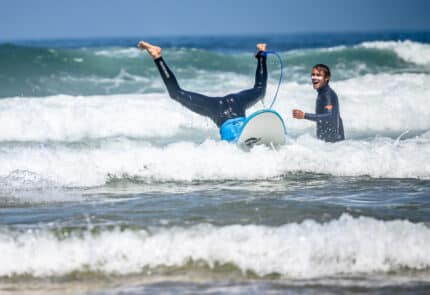The 4 deadliest waves in the world
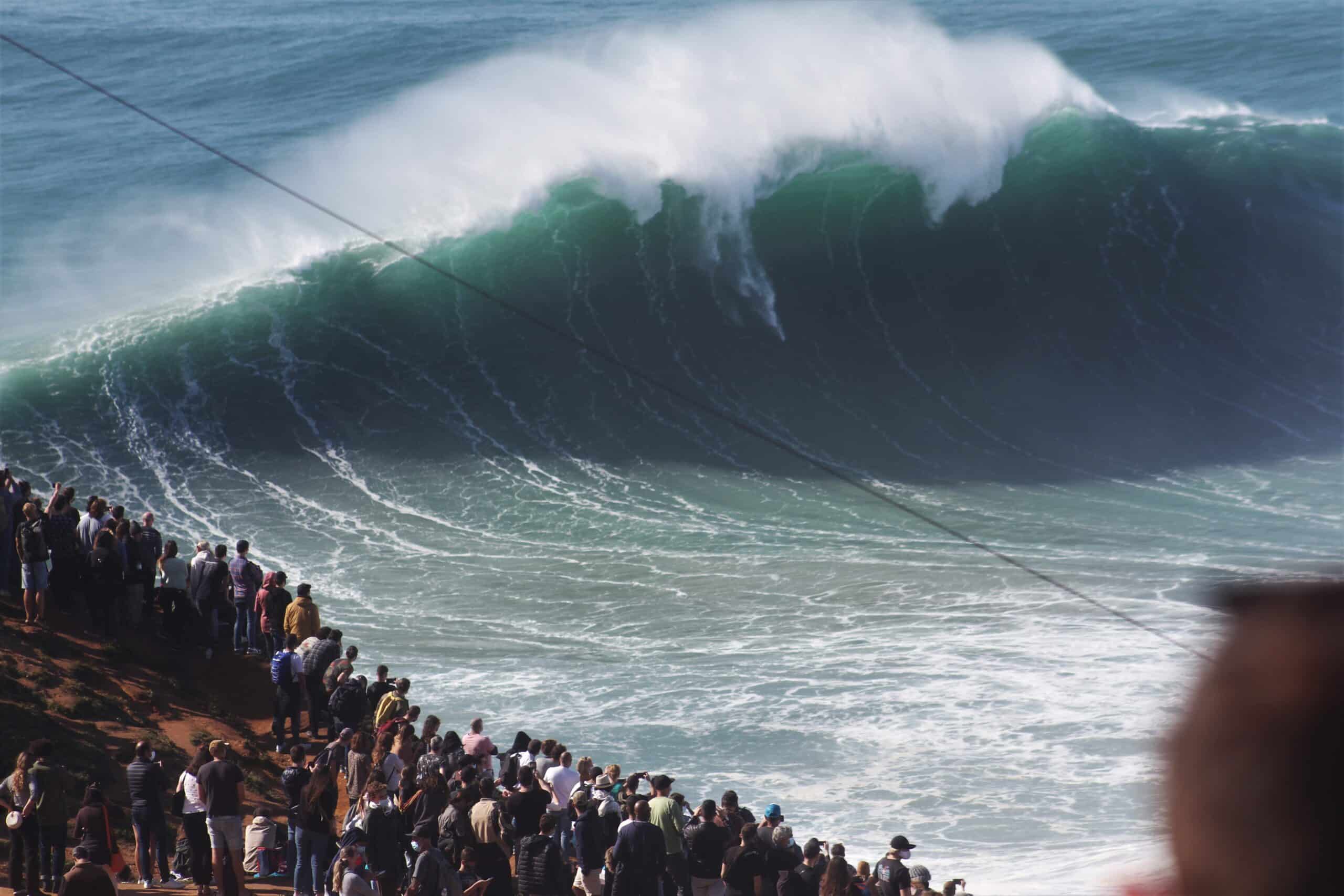
There are fun waves and there are waves that we can only adore and watch how other daredevil surfers risk their life. These following 4 waves are definitely the category which you can call deadly. Do not try at home!
1. Nazaré-Portugal
If you turn your face toward the saltwater from the local lighthouse, you can easily spot the famous waves that have transformed the quiet village into a world-renowned big wave surfing arena.The Nazaré Canyon is the largest underwater canyon in Europe and one of the largest in the world. A few miles off the coast of Nazaré, there are drastic differences in depth between the continental shelf and the canyon.
When swell heads to shore, it is quickly amplified where the two geomorphologic variables meet, causing the formation of big waves.
Furthermore, water current is channeled along the shore – from North to South – in the direction of the incoming waves, additionally contributing to wave height.
Nazaré holds the Guinness World Records for the largest wave ever surfed by Sebastian Steudtner.

2. Pipeline – Hawaii
When it comes to surfing the best, the Banzai Pipeline is the ultimate destination for many surfers. This wave only allows the best of the best, which are usually those who have significant respect for the water. The reasoning for this? Banzai Pipe is also the most dangerous set of waves in the world. Banzai has a unique advantage in that its break waves happen over a reef. It happens in Oahu on the north shore and the reef that follows the shoreline is extremely dangerous – it’s full of sharp and jagged edges that run along shallow water. The cave-like nature of this reef is what gives Banzai pipe its unique shape, the “pipe” shape that so many surfers travel there for.
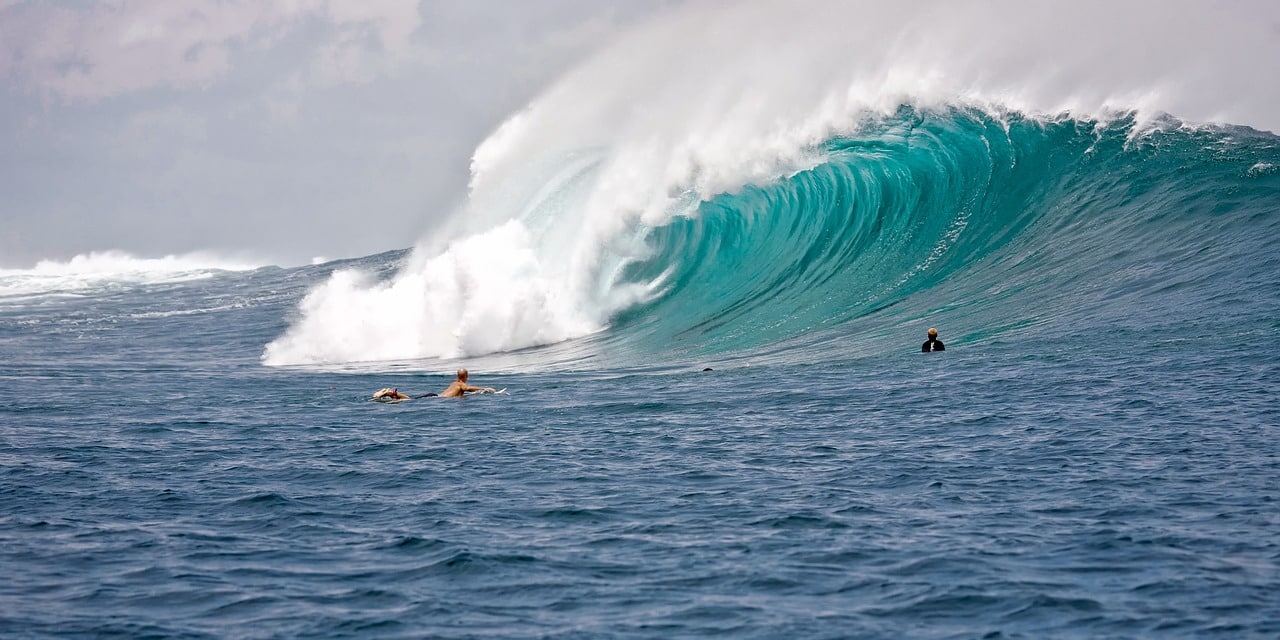
3.Teahupo’o – Tahiti
Teahupoo is a fierce barrel that has a lip that is often as thick as the wave face itself.
An extremely shallow coral reef, which ranges up to 20 inches (51 cm) beneath the water’s surface, is responsible for a very hollow-breaking wave. The wave’s unique shape, with an effect of almost breaking below sea level, is due to the specific shape of the reef beneath the wave.
Originally Teahupoo was known as “The End of the Road”, as the channel that begins a surfer’s 15mins paddle out to the wave starts at the end of the town’s road. However, Teahupoo now derives its name from a local legend of how the town’s prince avenged his father’s death by eating the brains of his father’s murder at the town, known as “The Place of the Broken Skull”. Ironically the local legend lends its meaning well to the heavy wave.
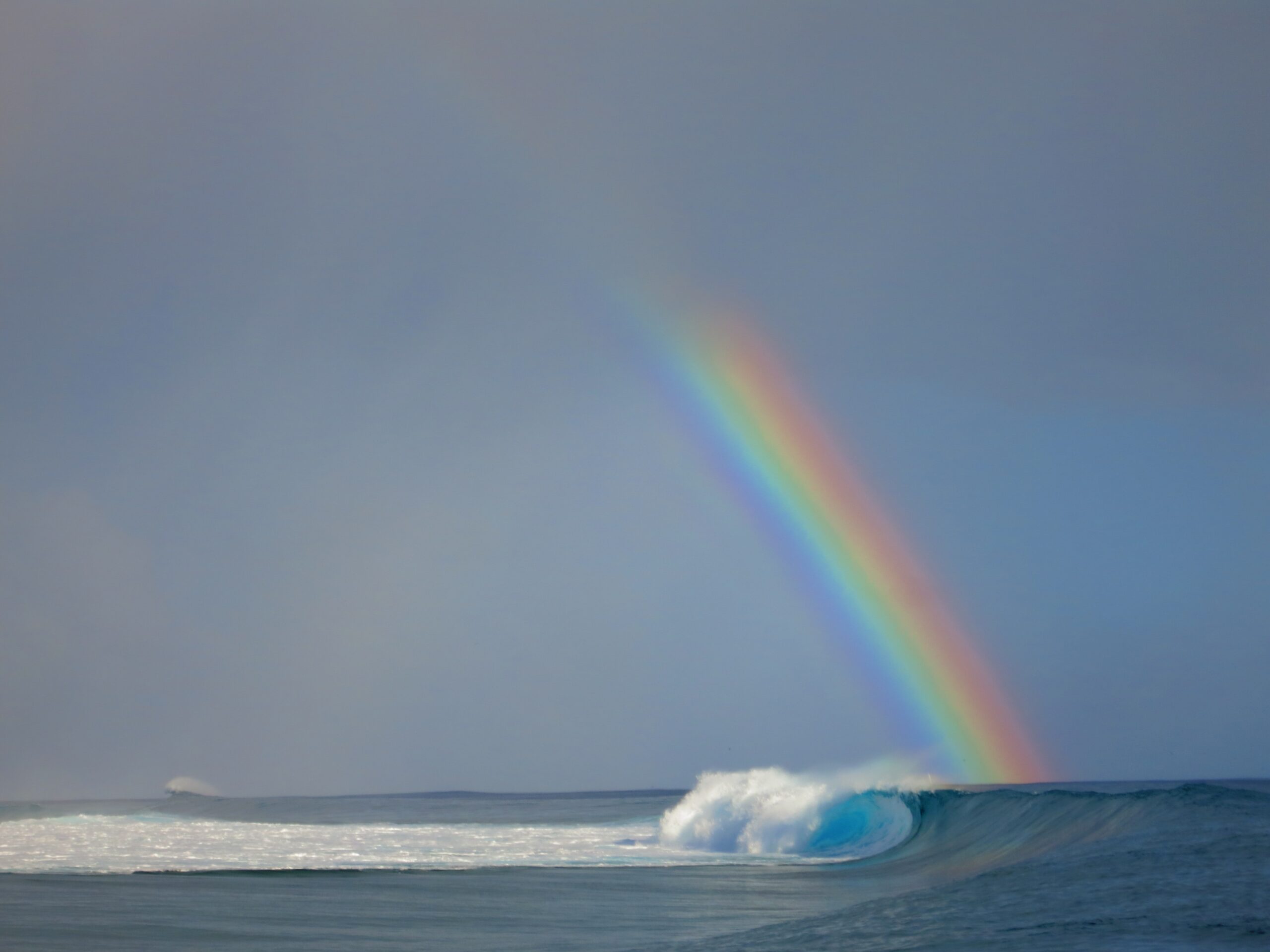
4.Maverick’s – California
Mavericks is a dangerous wave that breaks off Pillar Point, in Half Moon Bay, at Princeton-by-the-Sea, in Northern California, just 20 miles south of San Francisco.
It’s a fast and furious right-hand wave that, on epic days, produces a rare left-hander.
But Mavs is also a shark-infested – and often foggy – cold water spot that will put any advanced surfer’s skills to the test.
When it’s on, Mavericks instills high doses of anxiety, fear, lack of confidence, and cold into the veins of those who dare to defy it.
Mavericks, or Maverick’s, has a reputation for being one of the deadliest waves on Earth, where daredevils are willing to risk their bodies for the drop of their lives.
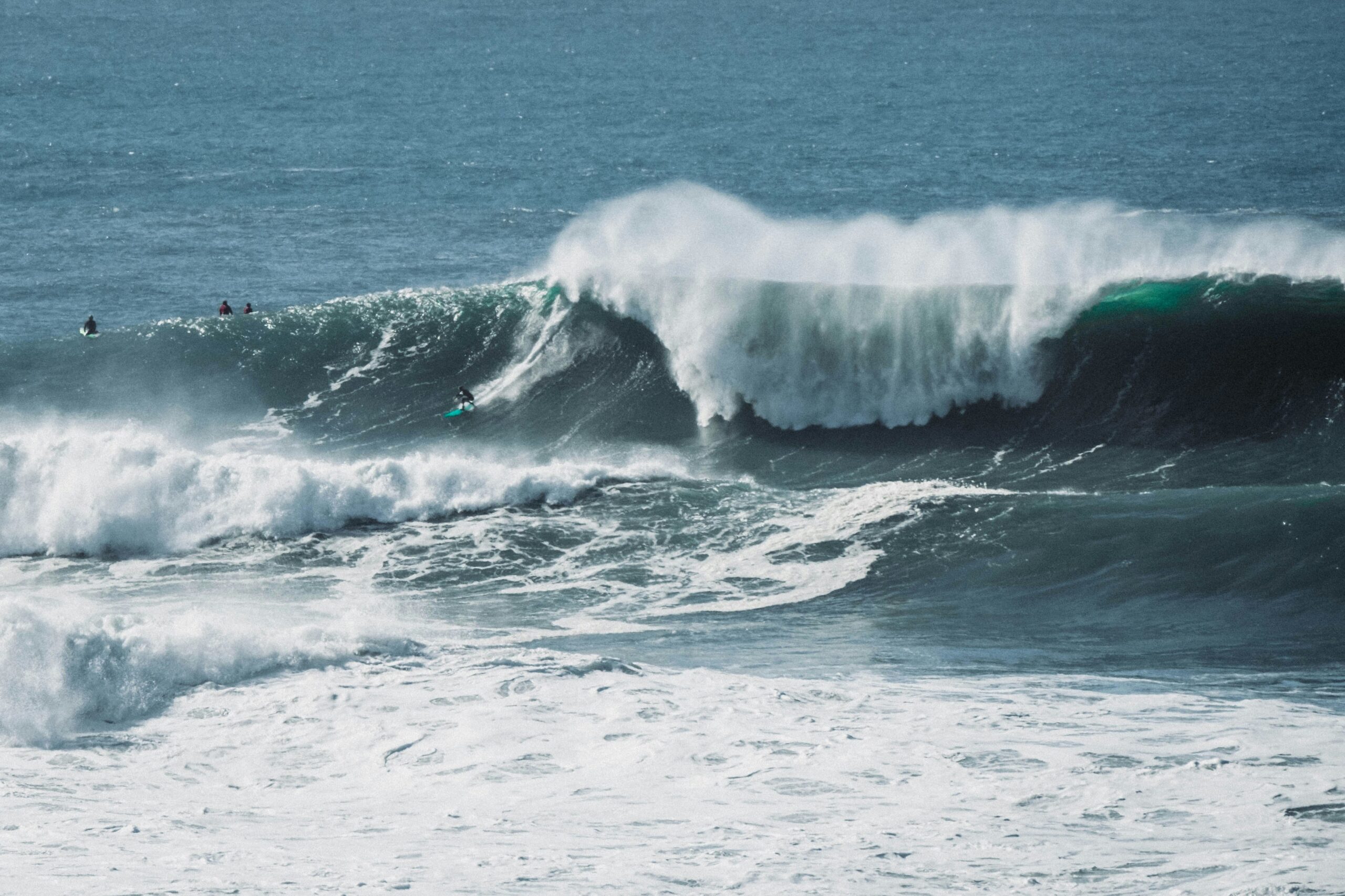
Always make sure that you pick the right spot according to your surf level. Surfing regular sized waves and big waves are basically two different categories. At the end everybody needs to start somewhere, do not hesitate to look up our surf lessons!
Source: https://www.thetravel.com/why-is-banzai-pipeline-so-dangerous/
https://www.surfertoday.com/surfing/the-mechanics-of-the-nazare-canyon-wave
https://www.surfertoday.com/surfing/mavericks-interesting-facts-about-californias-big-wave-spot
https://en.wikipedia.org/wiki/Teahupo%27o
https://www.surfholidays.com/blog/Legendary-Surf-Spots-Teahupoo
https://www.surfertoday.com/surfing/the-mechanics-of-the-nazare-canyon-wave
